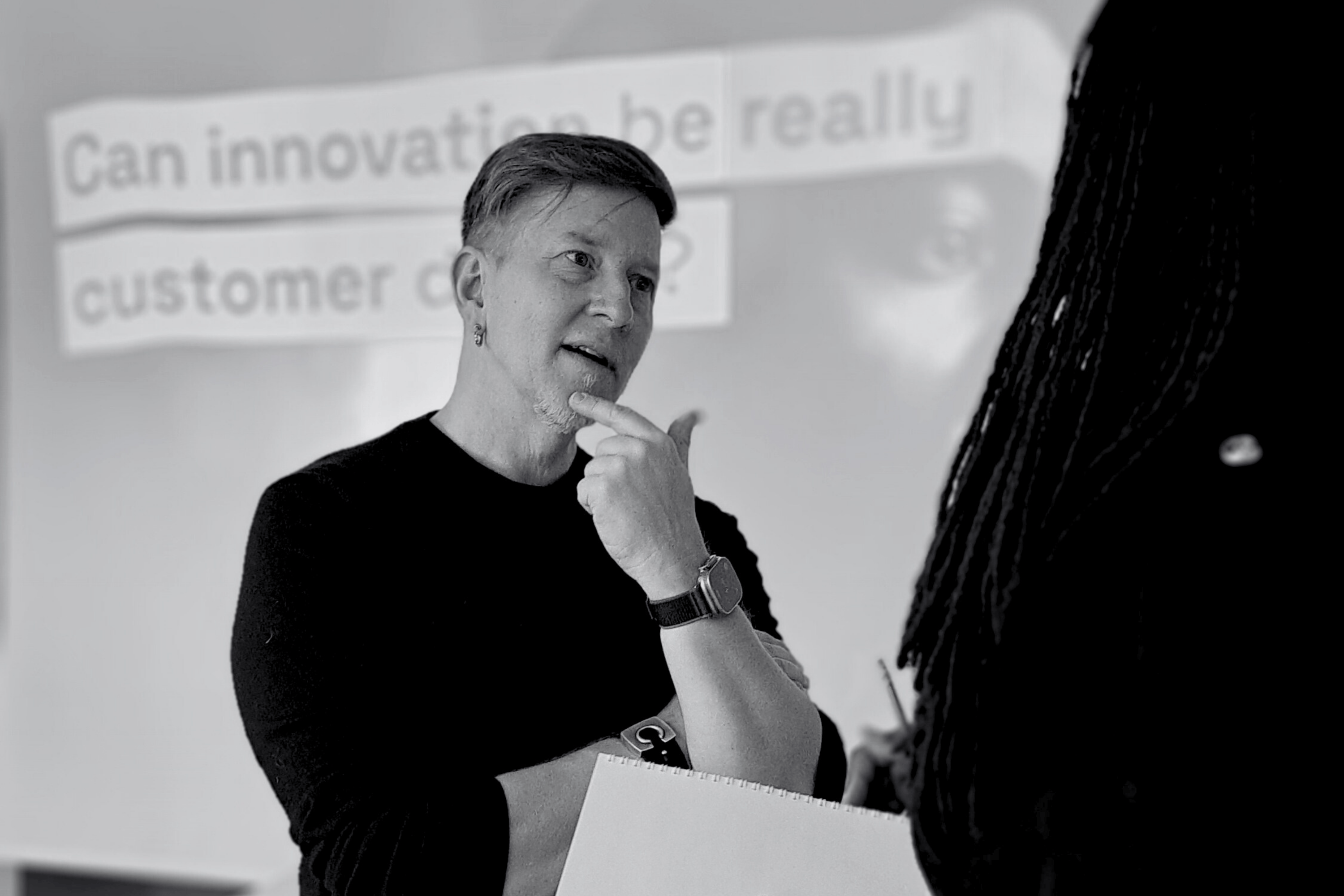
The change of IT procurement: from CV game to client teams
In the Finnish public sector, IT project procurement has long followed a familiar formula: publish the Request for Proposal (RFP), ask vendors for CVs of named professionals, and evaluate based on the seniority and skill of those individuals. And let's face it; this does not work in the long run.
It’s understandable—on paper, you want to secure the best people for your project. But here’s the problem: what happens when one of those developers changes jobs, takes parental leave, or decides to follow a completely different career path (say, becoming a florist)?
The knowledge they hold often walks out the door with them. And you’re left scrambling to replace them, renegotiate contracts, or in the worst case, start onboarding from scratch.
The hidden cost of “locking” individuals
When RFPs are written to secure specific individuals rather than ensuring continuity of expertise, you create a dependency that’s risky for long-term success. You might get your favorite developer at the start, but over the lifecycle of a public sector digital service—often 5 to 10 years—the odds of that exact person still working on your project are slim.
The result? Slowed delivery, knowledge gaps, and higher costs in the long run.
A smarter way forward: procure teams, not CVs
Instead of locking individuals, think of your procurement as securing access to a dedicated client team.
In our model, we build teams around a cluster of similar clients—such as public sector organizations running multisite web platforms. These teams have:
- A tech lead who oversees technical direction and ensures best practices across projects.
- A project manager who keeps priorities aligned with your goals and manages day-to-day coordination.
- A rotating bench of developers and experts who share context, processes, and knowledge across multiple clients.
This means if one person leaves, someone else from the same team can immediately step in without loss of momentum. It also allows flexibility—if one client has a larger project, resources can be shifted temporarily without jeopardizing other clients’ progress.
Why this matters for public sector procurement
The Finnish public procurement system can adapt to support this continuity-first model by:
- Changing RFP language to request team competence profiles instead of individual CVs.
- Scoring on continuity planning—how vendors ensure knowledge is retained and projects stay on track despite personnel changes.
- Allowing flexibility clauses that enable replacing individuals with equivalent skill and knowledge without triggering contract renegotiation.
By doing this, you’re not just buying hours from a developer—you’re buying a resilient delivery capability.
Procurement as a risk management tool
Digital services in the public sector are no longer “projects with an end date.” They are living systems that evolve continuously, often under public scrutiny.
A client team approach isn’t just about operational convenience—it’s about reducing strategic risk. Continuity of knowledge, technical coherence, and a proactive delivery culture all become part of the value you’re procuring.
In other words, you’re future-proofing your service against both expected and unexpected changes. And in the long run, that’s a far greater return on investment than any single CV can guarantee.
Recommended articles

Blind spots: When critical signals go unseen


Systems Reliance: When the tool becomes the strategy


